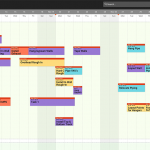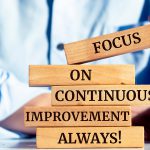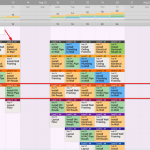Good pull planning is fundamental to making the Last Planner® System work. Pull planning relies on the expertise of the people directly responsible for doing the work. It allows the last planners to create a collaborative plan with the best available alternatives. There are two parts to achieving success with pull planning. First is structuring the planning session to make sure you are getting all of the necessary information from your last planners. Once you have created the space for a fruitful planning session, it is time to make sure you create an action plan that is the most effective.
Tips for a Successful Pull Planning Session
- Invite the right people—The pull planning session is for last planners. These are the trade contractors running the crews, and overseeing the work on the jobsite. Your session will not be effective if you are not talking to the folks with firsthand knowledge of getting the work done!
- Identify the scope of the work—Make sure last planners know what work is to be completed during this phase of construction. Let the whole crew know the work going on during that phase. In preparation for the pull plan, be sure to have each last planner study their individual requirements within the scope. It is important to set the right scope for each phase of the project. Make sure it is not too big—Last Planner® is most effective as a short-term planning system.
- Keep the last planners engaged—If any of the last planners are not contributing to the discussion, you will have gaps in your plan. Structure the meeting so that everyone present is empowered to answer the pull planning questions.
- Be a facilitator, not a scheduler—Pull planning works because all the trade contractors collaborate to create the best and most efficient plan possible. Your job is to move along the collaboration without taking over and running the meeting. You should facilitate an effective conversation and not dominate the discussion.
Tips for the Plan
- Be specific—Your plan should identify exactly what work each individual will produce and for whom. It should be very clear when handoffs will happen between crews.
- The flow should be smooth—The handoffs between the crews should happen seamlessly. Your worksite should be a “parade of trades” where crews perform work at the last appropriate moment and the next group is ready to start as soon as possible.
- Steady crew sizes—Avoid the inefficiencies of an understaffed jobsite as well as the dangers of a crowded one.
- Identify—Account for all major constraints to work being planned.









